Ink & Pixel is a source of pride and joy for me as a writer and as such, I’m always striving to take this column further for those who read and enjoy it. In an effort to widen the reach of our continuously growing fanbase, Ink & Pixel has been granted permission to broaden its horizons with the inclusion of films from the Horror, Sci-Fi, and Fantasy genres. I hope that you enjoy this bold new direction for the column. Additionally, if you yourself, or anyone you know, helped to make any of the amazing feature films found within this column, I would love to talk to you to further my knowledge. Please contact me at [email protected] so we can discuss it further.

Do me a favor, okay? I want you to reach deep into the filing cabinet of your brain, and pull the folder that contains the memory of the very first Japanese animated film or series that you fell in love with. Now, hold on to that memory as you read this week’s article. For me, it was Toyoo Ashida’s 1985 classic, VAMPIRE HUNTER D. Shortly thereafter, films such as AKIRA, PROJECT A-KO, and DIRTY PAIR: PROJECT EDEN would go on to become some of my favorite animated offerings of the 1980s. For Andy and Lana Wachowski, it was Hiroshi Sasagawa and Peter Fernandez’s 1967 classic animated television series Speed Racer.

Originally created as a manga-style comic book, written by Tatsuo Yoshida and published in multiple incarnations by Shueisha Inc., Sunwide Comics, and Fusosha Publishing, Speed Racer (or Mach GoGoGo) sensationalized the sport of high-velocity automobile racing. Using the framework of his earlier comics-related project Pilot Ace, Yoshida was inspired to create Speed Racer after having seen Elvis Presley’s VIVA LAS VEGAS, and Guy Hamilton’s lauded James Bond picture, GOLDFINGER. With an image of the King of Rock n’ Roll – dressed in a white jumpsuit, flowing neckerchief, and greased pompadour hair-style – fixated firmly upon the gaze of his mind’s eye, Yoshida then imagined the hip-swiveling lady magnet behind the wheel of a gadget-laden Bond-like speedster. Thus, the concept for the character of Go Mifune aka Speed Racer was born.

Let’s race ahead to the year 1992, when rumblings of Warner Bros. intent to adapt the popular Japanese animation began. Unfortunately, budget constraints, as well as dilemmas deciding on and procuring talent, proved problematic. Creative people associated with the film proved difficult to secure, with both its cast and director changing several times during the early days of its conception. At one point or another, celebrities the like of Henry Rollins, Vince Vaughn, and even Johnny Depp were attached to star in the movie, but scheduling conflicts and a general lack of confidence in the film’s production prompted each of these headliners to lose interest and move on to other opportunities. It’s also important to note that the directorial duties of the film bounced between visionaries such as Julien Temple, Gus Van Sant, Hype Williams, and Alfonso Cuarón – before finally landing on the talents of Andy and Lana Wachowski in 2006.

On your marks, get set, plot synopsis!
Our story begins with Speed, a young man obsessed with piloting the steering wheel of a sweet, family-owned racing car. Forever distracted while attempting to finish school, Speed dreams of finishing first in The Crucible – a cross-country racing competition that just years ago took the life of his older brother, Rex Racer. Like a dedicated son, Speed (Emile Hirsch) is as loyal as they come to the family racing business, owned and operated by his father, Pops Racer (John Goodman). Knowing that, it’s easy to understand why Speed wouldn’t express hesitation in turning down an advantageous offer from Royalton Industries – a racing conglomerate in direct competition with his families own honest approach to the industry. You see, Royalton wants to absorb Speed’s obvious talent, and use him to win races that will secure the company’s stranglehold on the racing advertising market. Only Speed ain’t got time for that.

With his refusal to leave his family business, the up-and-coming racer angers Royalton’s dastardly owner, and in doing so uncovers a secret: the biggest races are indeed being fixed by the very moguls who sponsor them. Behind the wheel of his Mach 5 racer, Speed calls on the aid of his family, along with his girlfriend Trixie (Christina Ricci), to help him finish first in the big race. It’s only when Speed takes home the gold that the long-kept secrets of the rotten racing industry will be revealed and his brother’s honor restored.

Known for their work on the epic science fiction trilogy THE MATRIX, the Wachowski’s aimed to distance themselves from their R-rated reputation by presenting the general public with a film that the whole family could enjoy. In an effort to make SPEED RACER look as much like a live-action anime film as possible, visual effects designer John Gaeta (The Matrix) was once again summoned to collaborate with the Wachowskis in bringing Speed’s brightly colored world to the big screen. Secure with their film location of Babelsberg Studios in Berlin, Germany, the Wachowoskis prepped for their very first experience in high-definition filming, and using green-screen technology to shoot the entire project.

I find it interesting to consider that the concept of the “uncanny valley” – a thin line that separates the human brain’s ability to accept or reject fanciful representations of our reality – would play heavily into making a film such as SPEED RACER. As I’d mentioned before, this movie was shot entirely in-front of a green screen, so already you’ve got a built-in disconnect to the world in which the story takes place. Now, consider that the goal of the Wachowskis was to blend live actors with an entirelydigital universe inspired by 80s-style anime, and you’ve got a film that depends heavily on the suspension of disbelief by its audience.

When building the world of SPEED RACER, particularly that of its visually intensive racing sequences, the effects layering of that world is essential to its success. For example, the cars themselves must be rendered in such a way that each visual effect can be seen, but not obscured by the business of the action. This means that the effects supervisors have to pay particular attention when applying the highlight, star, debris, veiling, and aperture ghosting filters that accompany each vehicle. These filters give the cars a certain “silver-screen polish” that causes the art to pop (visually) but allow it to remain a cohesive part of the finished shot. For the racing sequences themselves, the foreground, cars, and tracks are rendered in full-on 3D. The rest of the scene is then executed using layers. Each layer is designed to include specific background objects and scenery. Then, each layer is placed atop the last in a specific order. The effects team does this in an effort to focus the viewer’s field of visionon certain objects while the 3D portions work their magic. If done correctly, it’s almost impossible to discover where one layer ends and the other begins.

For the racing sequences themselves, the foreground, cars, and tracks are rendered in full-on 3D. The rest of the scene is then executed using layers. Each layer is designed to include specific background objects and scenery. Then, each layer is placed atop one another in a specific order. The effects team does this in an effort to bring the viewer’s field of vision to certain objects while the 3D portions work their magic. If done correctly, it’s almost impossible to discover where one layer ends and the other begins.

To make certain that no one race car resembled another, the design team created roughly 100 cars to be featured throughout the film. Additionally, in wanting to make those cars appear legit, a total of 400 fake sponsor companies were invented, and their logos were slapped upon the varying bodies of each stylish automobile. For the purpose of close-up cockpit shots, life-sized, engine-less models of specific cars were built and rolled onto the set. First, each car was to be built and rendered in 3D using computer art programming. Shortly thereafter, a fiberglass shell was fabricated and placed atop the vehicles’ make-shift inner workings. The team needed to pay extra attention during this process, for any inconsistency would surely be noticed by the film’s audience, and we all know how fickle the uncanny valley can be.

With the checkered flag being waved after SPEED RACER’s theatrical run, the family-oriented live-action anime grossed a worldwide total of $93,945,766. Of course, this meant that the film did not take home the gold in earning back its $120 million dollar budget, and there may or may not have been more than one reason for that. In poking around at reviews across the net, I’d found that a number of movie goers were turned off by the movie’s busy effects, or its inability to present audiences with a worthwhile storyline. Others would have you believe that the animal rights group PETA caused the film to receive early-negative-press after it was cited that a representative witnessed the beating of a chimpanzee after the animal had bitten an actor during production. Despite a massive $80 million dollar marketing push, SPEED RACER puttered to the finish line of its theatrical run.

I’ve found it difficult to decide where to plant my flag in regard to this film. On one hand, I love me some John Goodman, and found the visual effects to be quite spectacular in their over-the-top execution. However, I do agree that the story is a bit thin and that the characters play a sad second-fiddle to the movie’s mesmerizing effects. That said, if the Wachowski’s mission was to re-create the look and feel of a Japanese animated telelvision series and adapt it to a live-action format, than I’d say they’ve achieved that in spades with SPEED RACER. Not every theater-going experience needs to blow your mind, it often only needs to provide you with a bit of fun. With that in mind, there’s definitely great fun to be had while racing the Mach 5 in this bombastic film.


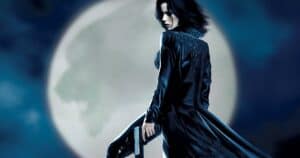
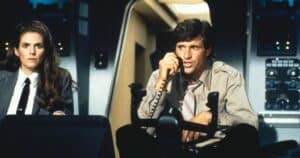
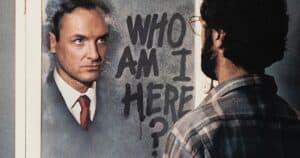
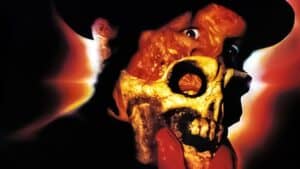

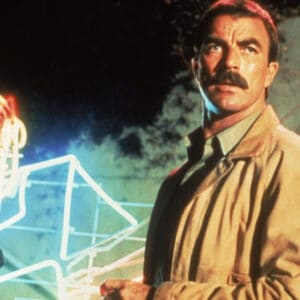
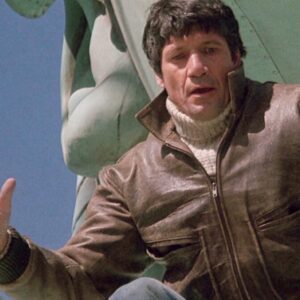
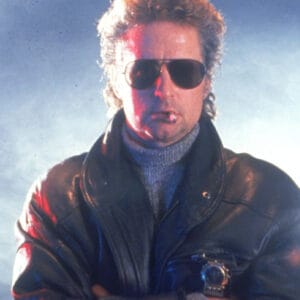
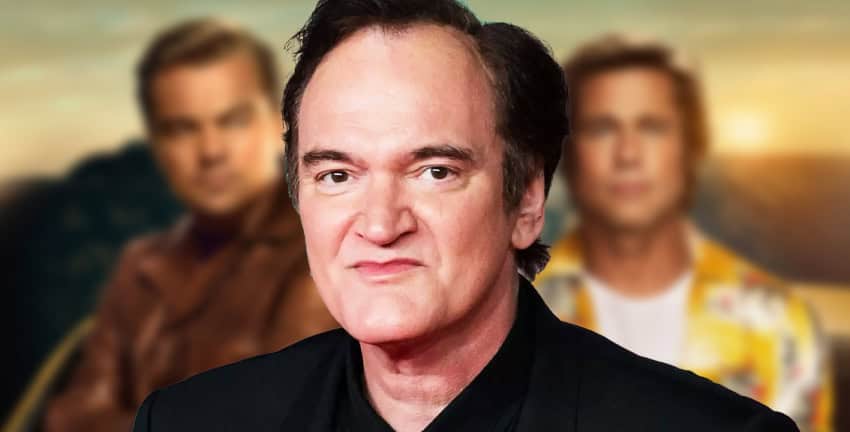
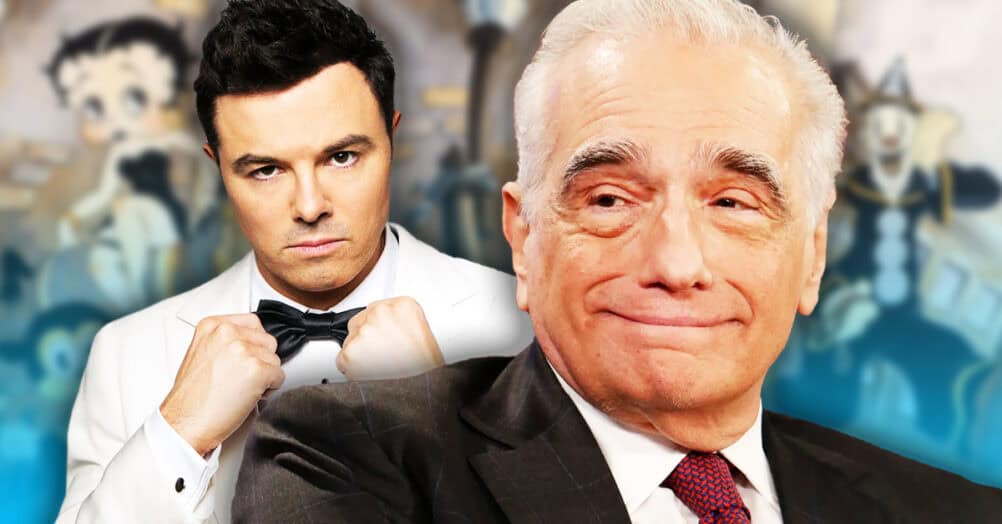


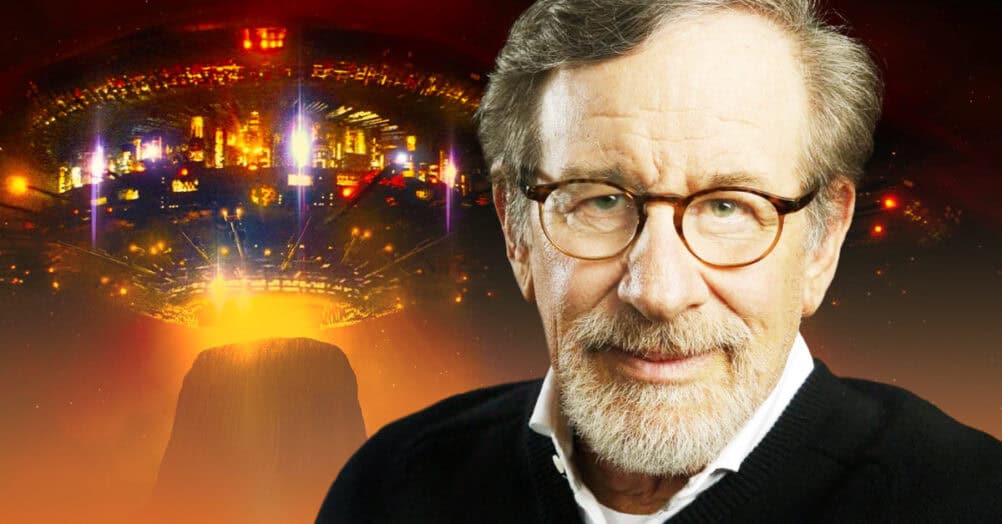
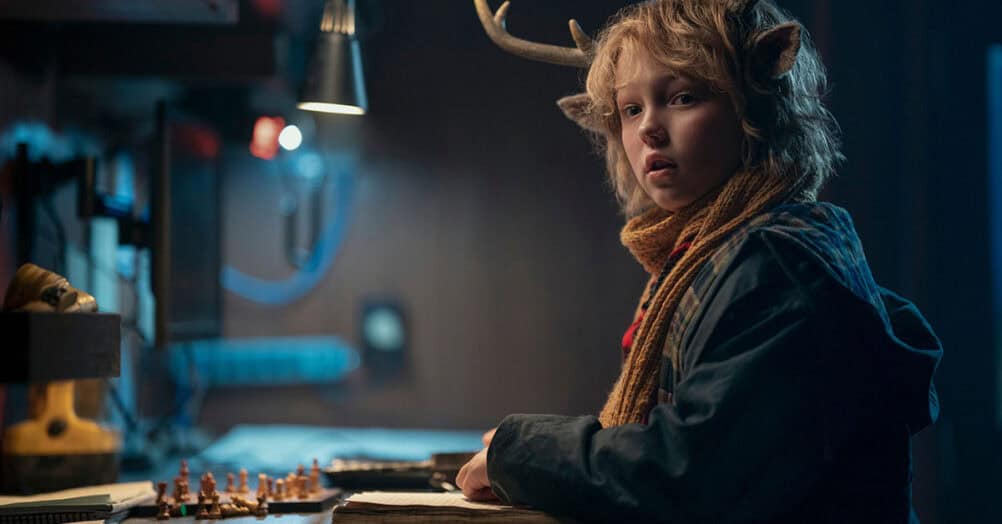

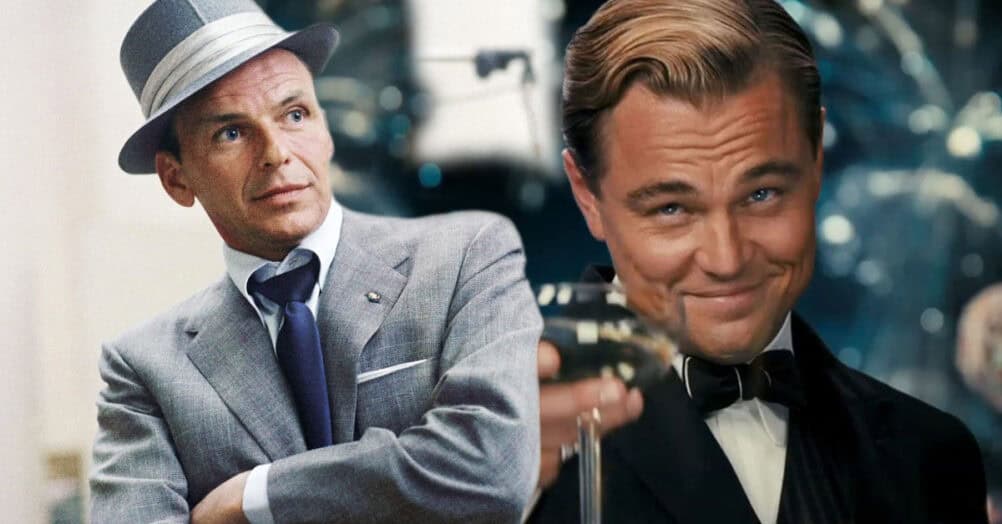
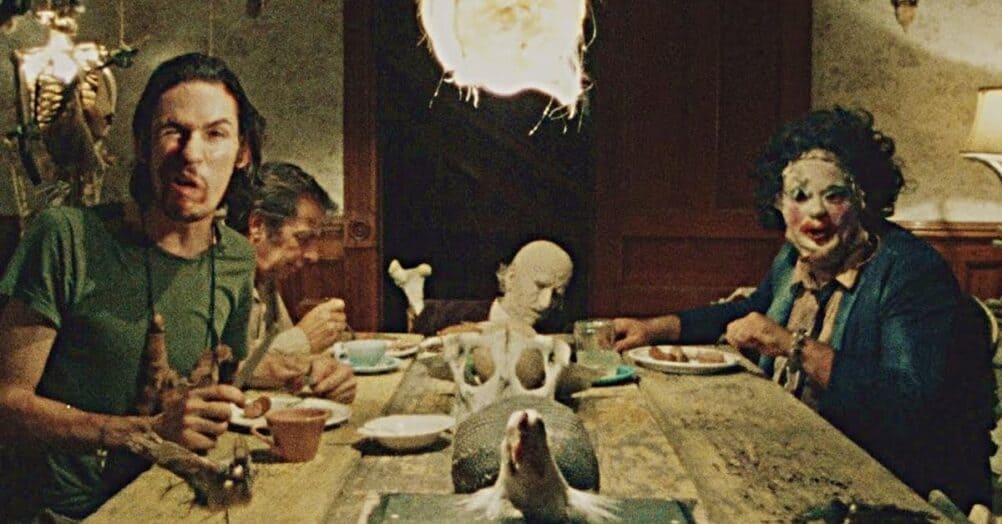
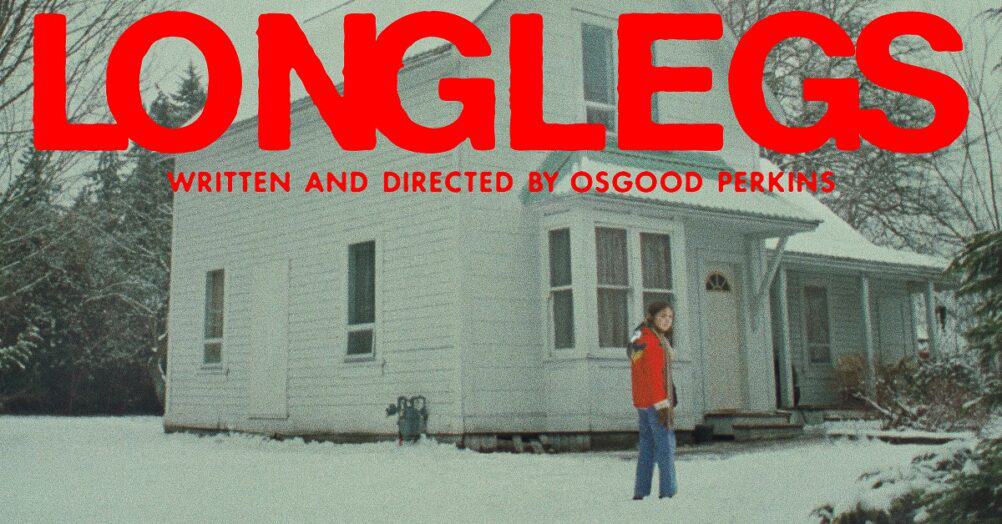
Follow the JOBLO MOVIE NETWORK
Follow us on YOUTUBE
Follow ARROW IN THE HEAD
Follow AITH on YOUTUBE